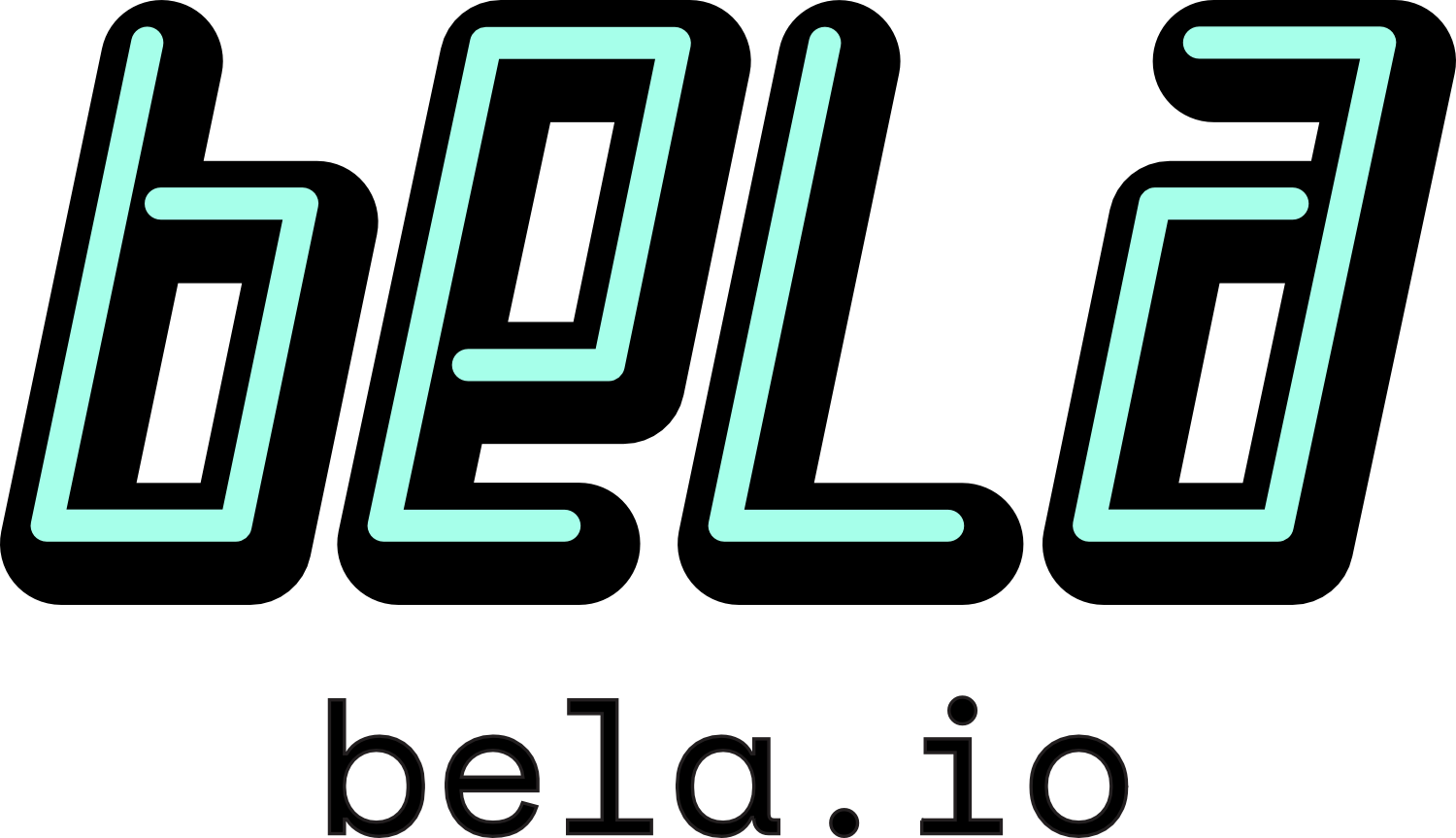Music 5: Experimental Systems and Interactions
Modular Process Music
Krzysztof Cybulski
Modular Process Music is an improvised performance with a set of self-devised and built electronic instruments. The instruments communicate with each other through the sound – each instrument has a speaker and a microphone, so they can listen to each other or to any other external sounds. The instruments are designed to make their interactions clearly comprehensible to the audience via their visual appearance.
Feedforward
Alex McLean
This is an improvised, from-scratch live coding performance. The NIME interface which this performance showcases is the new Feedfoward editor for the TidalCycles live coding environment. Feedforward is written in Haskell using the ncurses library for terminal-based user interfaces. It runs on low-powered hardware including the Raspberry Pi Zero, with formative testing of prototypes conducted with several groups of children between the ages of 8 and 14.
Feedforward has a number of features designed to support improvised, multi-pattern live coding. Individual Tidal patterns are addressable with hotkeys for fast mute and unmuting. Each pattern has a stereo VU meter, to aid the quick matching of sound to pattern within a mix.
In addition, TidalCycles has been extended to store context with each event, so that source code positions in its polyrhythmic sequence mini-notation are tracked. This allows steps to be highlighted in the source code whenever they are active. This works even when Tidal combinators have been applied to manipulate the timeline. Formal evaluation has yet to take place, but this feature appears to support learning of how pattern manipulations work in Tidal.
Feedforward and TidalCycles is free/open source software under a GPL licence version 3.0.
Race to the Bottom
Owen Green
Race to the Bottom is the most recent of a string of improvising machines involving bowed cardboard boxes, developed over the last decade. In all these systems, bowed cardboard is both the source of all sonic material and the ‘control’ interface to software that occupies a changeable and turbulent role in the territories between algorithmic co-player, instrument and processor. Boxes, it turns out, yield a much more varied sound world, and more room for practised technique than I had imagined when I started exploring them (somewhat facetiously). They also present a range of interesting challenges to machine listening algorithms, such are the instabilities and varied points of interest in their sound. All of these improvising machines have explored different approaches to dealing with this, and finding creative ways of enjoying the software’s frequent ‘misunderstandings’ of its input. Increasingly, these machines have also been a place for me to investigate ways of dealing with time in algorithmically mediated improvising, particularly when (as here) my hands are already busy, and I have to trust my software’s sense of time and musicality (or at least put up with it).
In Race to the Bottom, these fronts are explored by abusing segmentation algorithms and beat trackers as (loose-ish) analogues for, respectively, oscillators and filters. A clutch of these run at different rates, latching on to different parts of different sounds, and interfering with each other, informing both the processing of sound and the unfolding of musical shape.
Touch, Strike, Slide, Twist, Shudder
The Bowers-Hagan Duo
With as many interfaces as can be carried and dragged by our failing bodies, Bowers and Hagan stick their dirty hands into the very midst of unruly behaviour and non-obvious interaction design. Using synthesis algorithms with extreme sensitivity to gesture, they steer rather than control a complex solfège of pulses, noises, crackles and drones, negotiating a link between chaotic dynamics and improvisation. All relationships are tricky, especially the love polyhedron between Bowers, Hagan, their interfaces, their algorithms and their many noises. But we hope for the best.
Schmitt
Mári Mákó
Schmitt is a quadrophonic live-electronic music performance. The piece meant to challenge and explore the relationships between motion, gesture and music in a multi-channel speaker setup. Along with that the narrative of the performance is about overcoming existential crisis, which is translated into a sonic journey.
The main symbol is a self-made square wave Schmitt oscillator, which is the sound source throughout the whole piece. The development of the oscillator’s timbre is the transformation of the narrative.
The piece is also questioning a certain issue behind using self-made instruments or controllers compared to the use of traditional instruments. It is strongly connected to a reference point (expectation) of how the players gestures on the instrument are coordinated with the sounding outcome.
Intra-Action
Erik Nyström
Intra-action is an experimental computer music system and performance where human agency and perceiving generative processes create an ecology of unconventional synthetic sonorities. It is a solo performance with knob and pad controllers. The work is inspired by philosopher Karen Barad [1], for whom phenomena or objects are not external to one another, and do not precede their encounters, as implied in ‘interaction’: instead they emerge from ‘intra-action’, an interior process of relationships. In this work, intra-action is both a process occurring inside the computer – where morphological processes are shaped in relation to one another through machine listening and agent-based organisation – and a posthuman system where ‘human’ and ‘machine’ agency are co-dependent. Intra-action was commissioned by, and premiered at, NEXT Festival 2019.





